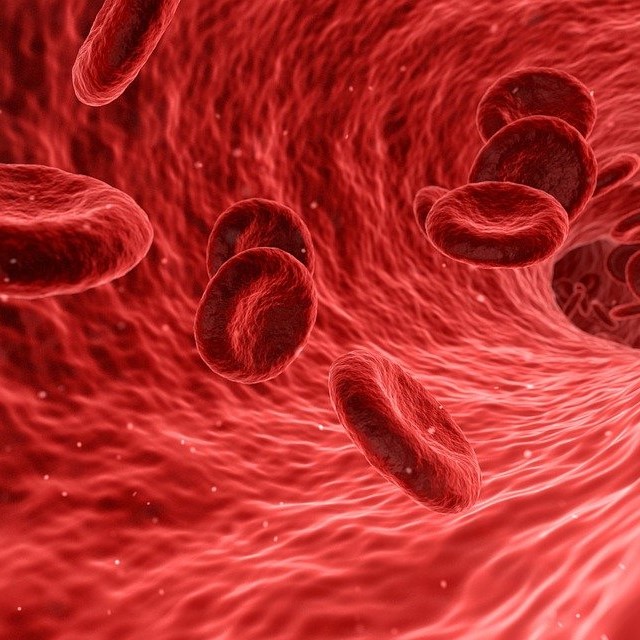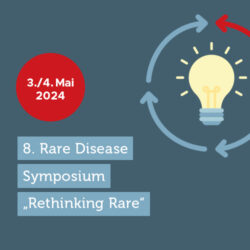Der Eva Luise Köhler Forschungspreis wird seit 2008 jährlich vergeben, um die Erforschung Seltener Erkrankungen voranzutreiben. Durch das Preisgeld in Höhe von jeweils € 50.000 konnten bereits mehr als ein Dutzend innovative Forschungsvorhaben gestartet werden. Die Journalistin Sandra Arens hat bei den ersten Preisträgern, Prof. Dr. Volkmar Gieselmann und Prof. Dr. Hans-Joachim Galla, nachgefragt, wie sich ihre Forschung zu Lysosomalen Speichererkrankungen nach der Auszeichnung 2008 weiterentwickelt hat.
Lysosomale Speichererkrankungen – hinter dem abstrakten Begriff verbergen sich tausende von Schicksalen. Die Symptome sind schwerwiegend, die Prognose denkbar schlecht: Die meisten Patienten sterben noch im Kindesalter.
Die Krankheiten
Lysosomale Speichererkrankung ist ein Sammelbegriff für rund 70 Stoffwechselerkrankungen – zum Beispiel Morbus Gaucher, Morbus Hunter oder die Metachromatische Leukodystrophie. Die meisten dieser Krankheiten schädigen das Nervensystem und andere Organe schwer. Betroffen ist circa eines von rund 8000 Neugeborenen. Schuld an den schweren Störungen sind fehlende Enzyme im sogenannten Lysosom. Lysosomen übernehmen eine Art Müllabfuhrfunktion in unserem Körper, indem sie mit Hilfe von Enzymen unseren „Zellmüll zerlegen und recyceln“ – beispielsweise alte Proteine. Fehlen die Enzyme, werden die überflüssigen Bestandteile gespeichert.
Die Forschung
Viele der Enzyme, die bei einer Lysosomalen Speicherkrankheit fehlen, lassen sich künstlich herstellen und können Patienten in die Vene gespritzt werden. Allerdings ist es schwierig, sie aus dem Blut in die defekten Gehirnzellen zu leiten. Schuld daran ist die Blut-Hirn-Schranke, die das Gehirn vor schädlichen Stoffen schützt. Die künstlichen Enzyme kommen schwer daran vorbei. Wie es doch gehen könnte? Damit beschäftigen sich seit Jahren Prof. Dr. med. Volkmar Gieselmann von der Universität Bonn und Prof. Dr. rer. nat. Hans-Joachim Galla von der Universität Münster. Mit dem Preisgeld des Eva Luise Köhler Forschungspreises trieben sie die Forschung zur Blut-Hirn-Schranke voran. Ihr Ziel: Die Transportwege noch besser zu verstehen und Enzyme so zu verändern, dass sie die Blut-Hirn-Schranke doch überwinden. Dabei haben die Forscher sich auf das bei der Metachromatischen Leukodystrophie fehlende Enzym Arylsulfatase A konzentriert.



Die Zukunft
In den vergangenen Forschungsjahren konnten die Wissenschaftler eine gezielt veränderte Arylsulfatase A erzeugen: Dieses künstliche „Turboenzym“ gelangt nicht nur besser in das Gehirn, es ist vor allem aktiver und stabiler. In Tierversuchen zeigte dieses Enzym einen deutlich verbesserten Effekt. Mittlerweile gibt es ein Patent auf diese neue Therapiemöglichkeit für die Metachromatische Leukodystrophie. Nächster Schritt ist, sie Patienten zugänglich zu machen. Dazu bedarf es der Zusammenarbeit mit der Industrie. Prof. Dr. med. Volkmar Gieselmann: „Wir sind im Gespräch mit Biotech-Firmen und hoffen, zügig weiterzukommen, um betroffenen Menschen endlich vor ihrem schweren Schicksal bewahren zu können.“



